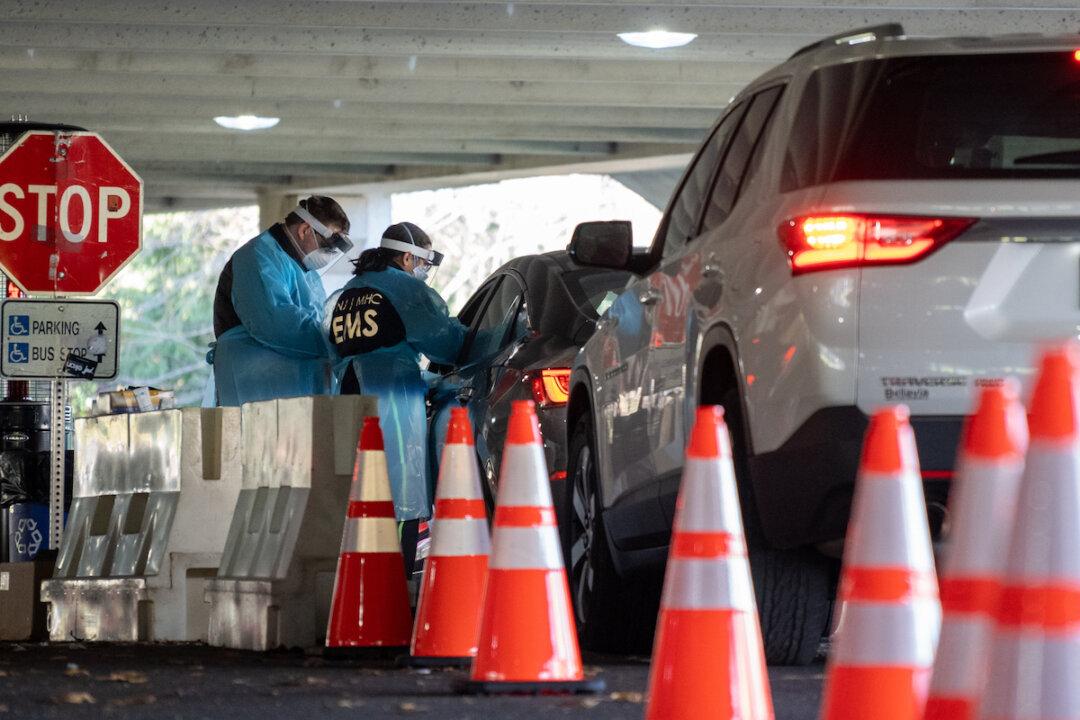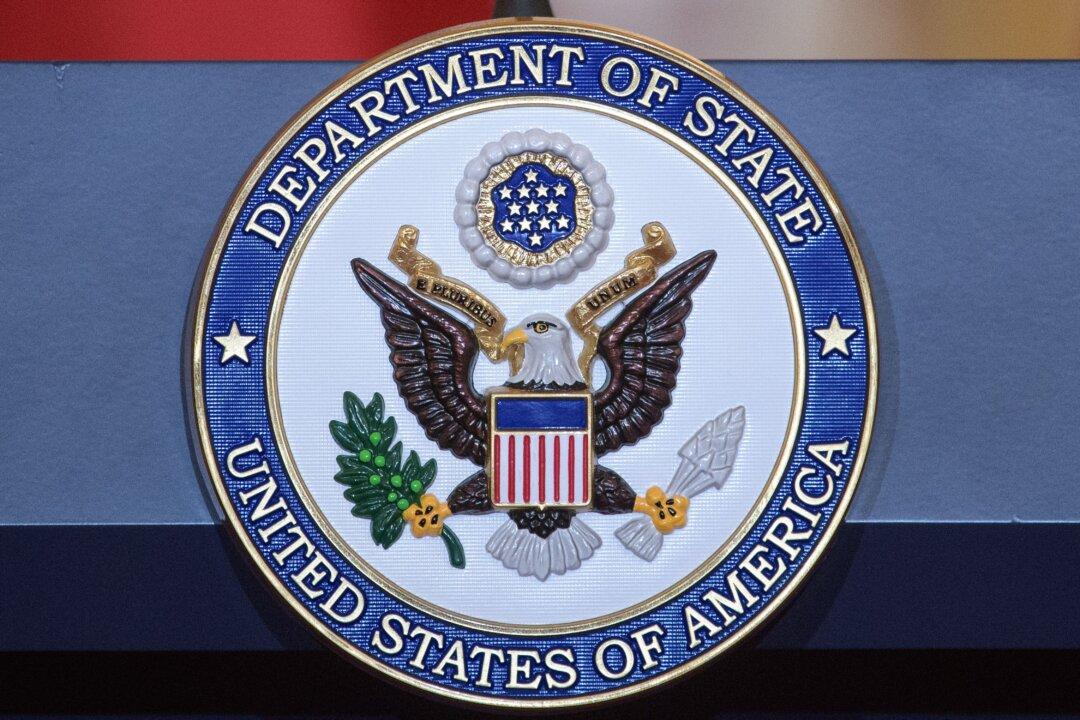A New Jersey Senator has voiced concerns over a recent mask mandate order in his state that may have been driven by questionable COVID-19 testing results.
Republican New Jersey Senator Michael Doherty claimed in a statement on Monday that there was a lack of government transparency regarding testing procedures which raises questions about the mask mandate order enacted on Friday by New Jersey Governor Phil Murphy.





